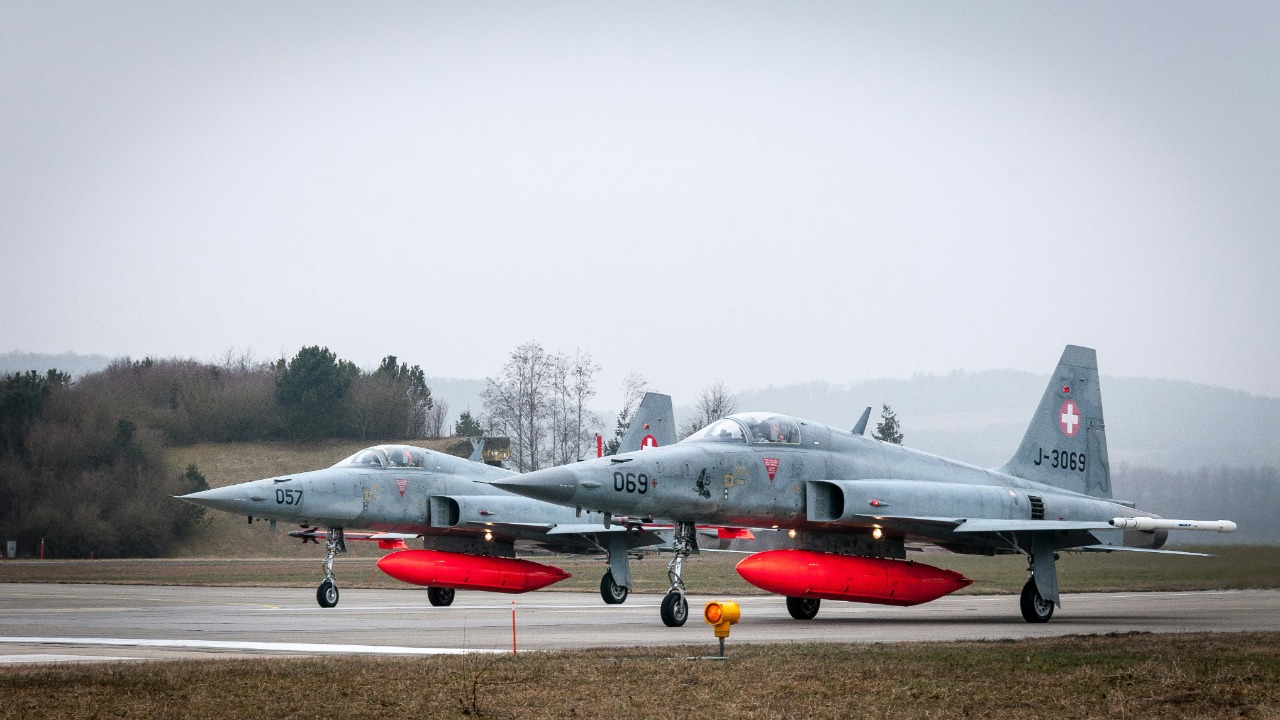
Polish fighter jets recently intercepted a Russian spy plane flying dark over the Baltic Sea, a move that has drawn swift attention from NATO’s eastern flank amid escalating regional tensions. The Russian aircraft was operating without its transponder activated, a tactic that complicates air traffic identification and has led to a scramble of Polish aircraft to monitor and escort it. This incident underscores the ongoing aerial activities in the region and serves as a stark reminder of the geopolitical dynamics at play.
Incident Overview
On October 29, 2025, Polish authorities detected a Russian spy plane flying over the Baltic Sea. The aircraft was flying dark, a term used to describe an aircraft operating with its transponder turned off to avoid detection. This tactic led to the scramble of Polish fighter jets to intercept the aircraft and monitor its activities. This incident, as reported by Euro Weekly News, is a clear example of the ongoing aerial activities in the region.
Russian Aircraft Identification
The intercepted plane was identified as a Russian spy aircraft conducting surveillance operations. Although the specific details about the type of aircraft were not immediately disclosed, it was confirmed to belong to Russian military aviation. The plane’s path took it through international airspace over the Baltic Sea, which prompted the Polish response. This information was reported by The Moscow Times.
Polish Military Response
In response to the Russian spy plane’s activities, Poland’s air force deployed fighter jets to visually identify and shadow the aircraft. The interception proceeded without any incident, with Polish pilots maintaining a safe distance during the escort. The operational command for the scramble was handled by Poland’s Operational Command of the Armed Forces, as reported by Business Insider.
Context of Flying Dark
The term “flying dark” refers to an aircraft operating without active transponder signals, which complicates air traffic identification. This tactic has been noted in previous encounters with Russian planes over the Baltic Sea, raising concerns over potential espionage activities. The practice violates standard international aviation protocols in shared airspace, a fact that has been highlighted by NV.
NATO and Regional Tensions
The incident unfolded amid broader NATO tensions with Russia, particularly over eastern European airspace. Poland, as a NATO member, coordinates such interceptions with alliance partners to ensure collective defense. While no shots were fired during this incident, it highlights the persistent aerial provocations in the Baltic region and underscores the need for vigilance and coordination among NATO members.
Previous Similar Incidents
This was not the first time a Russian spy aircraft has been intercepted by Poland over the Baltic Sea. Earlier reports from October 30, 2025, confirm multiple such events in recent weeks. Patterns of Russian flights operating without transponders have increased, according to Polish and NATO monitoring. This trend, as reported by TVP World, underscores the ongoing tensions and the need for continued vigilance in the region.
More from MorningOverview